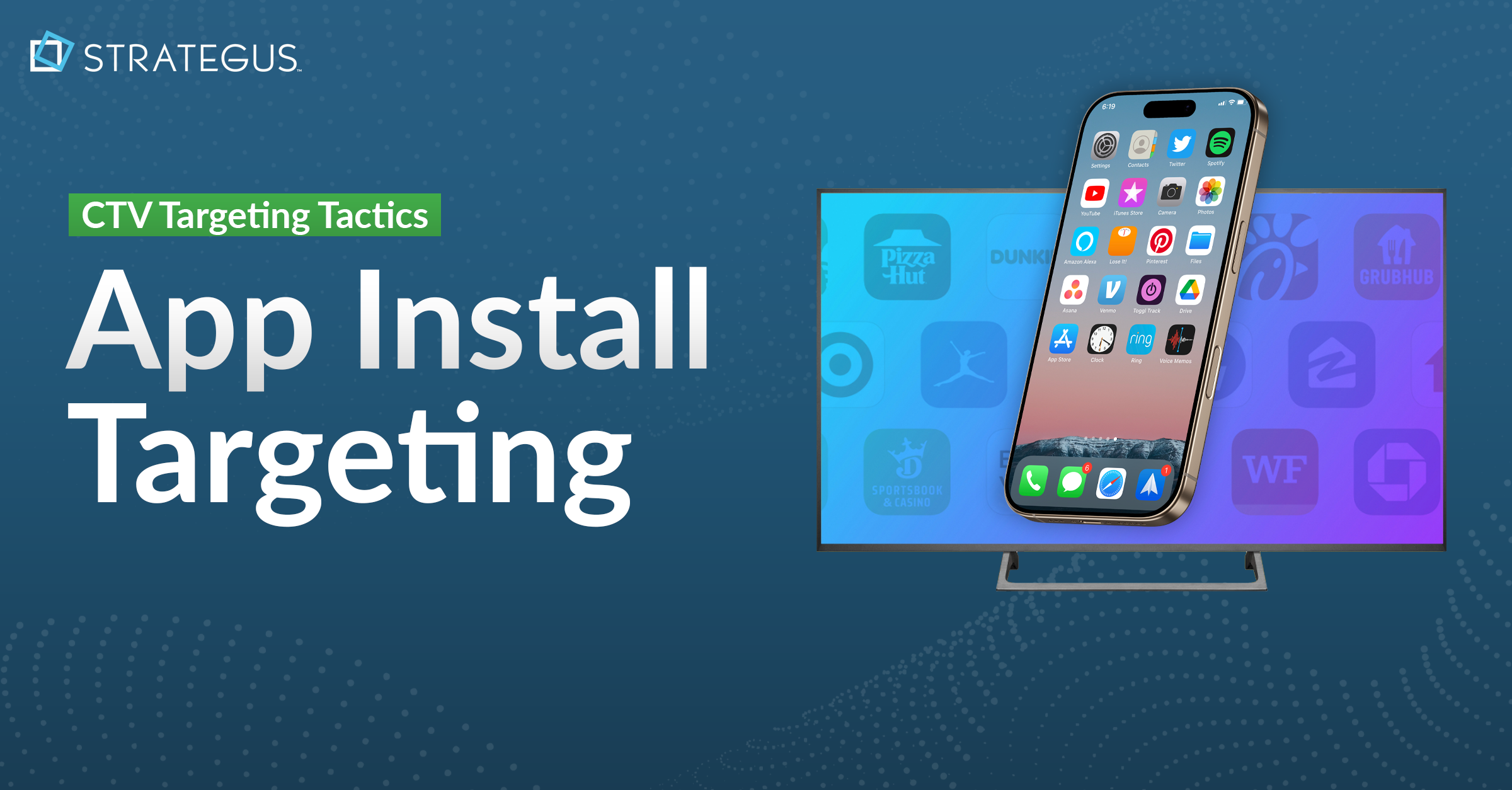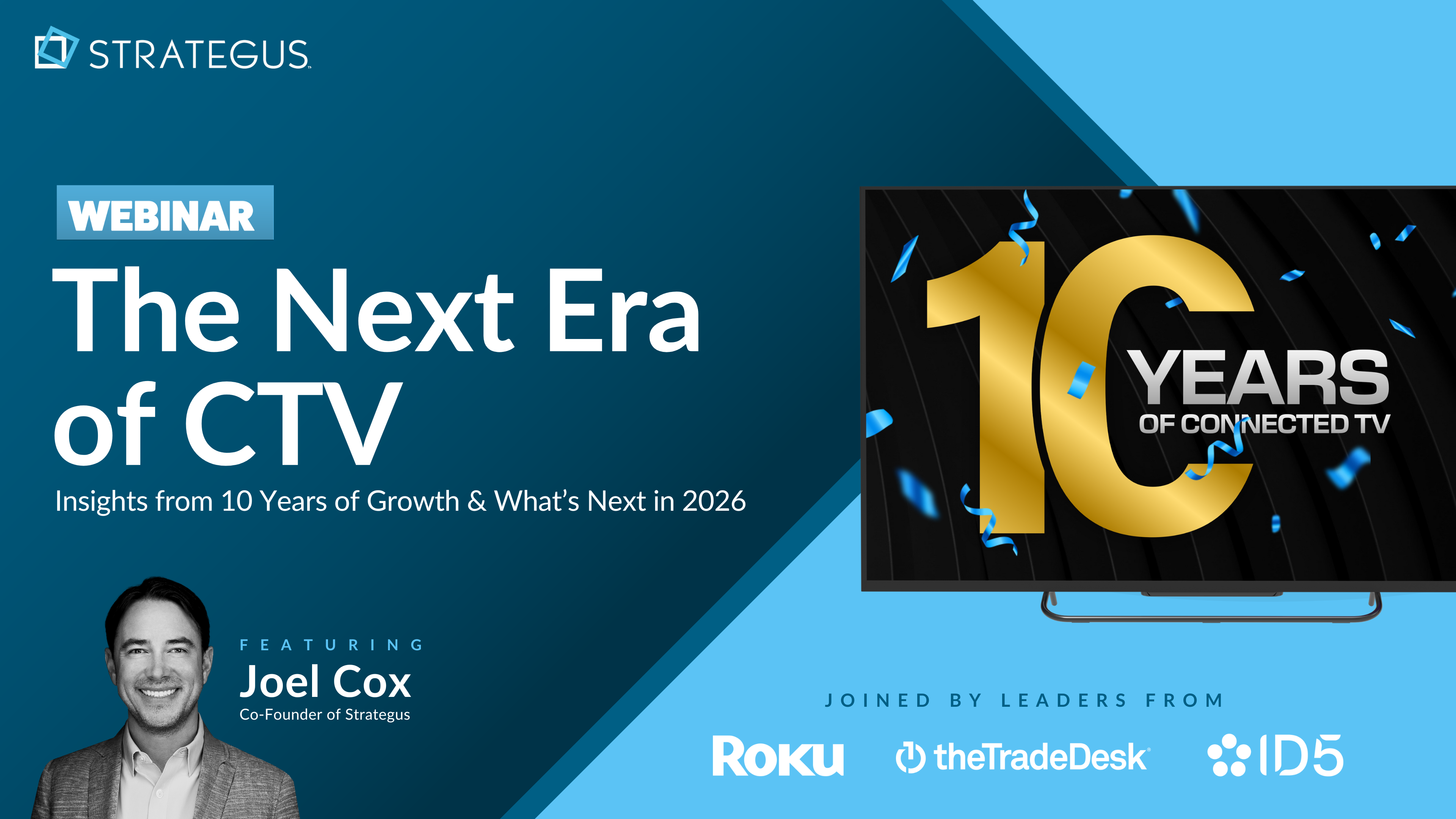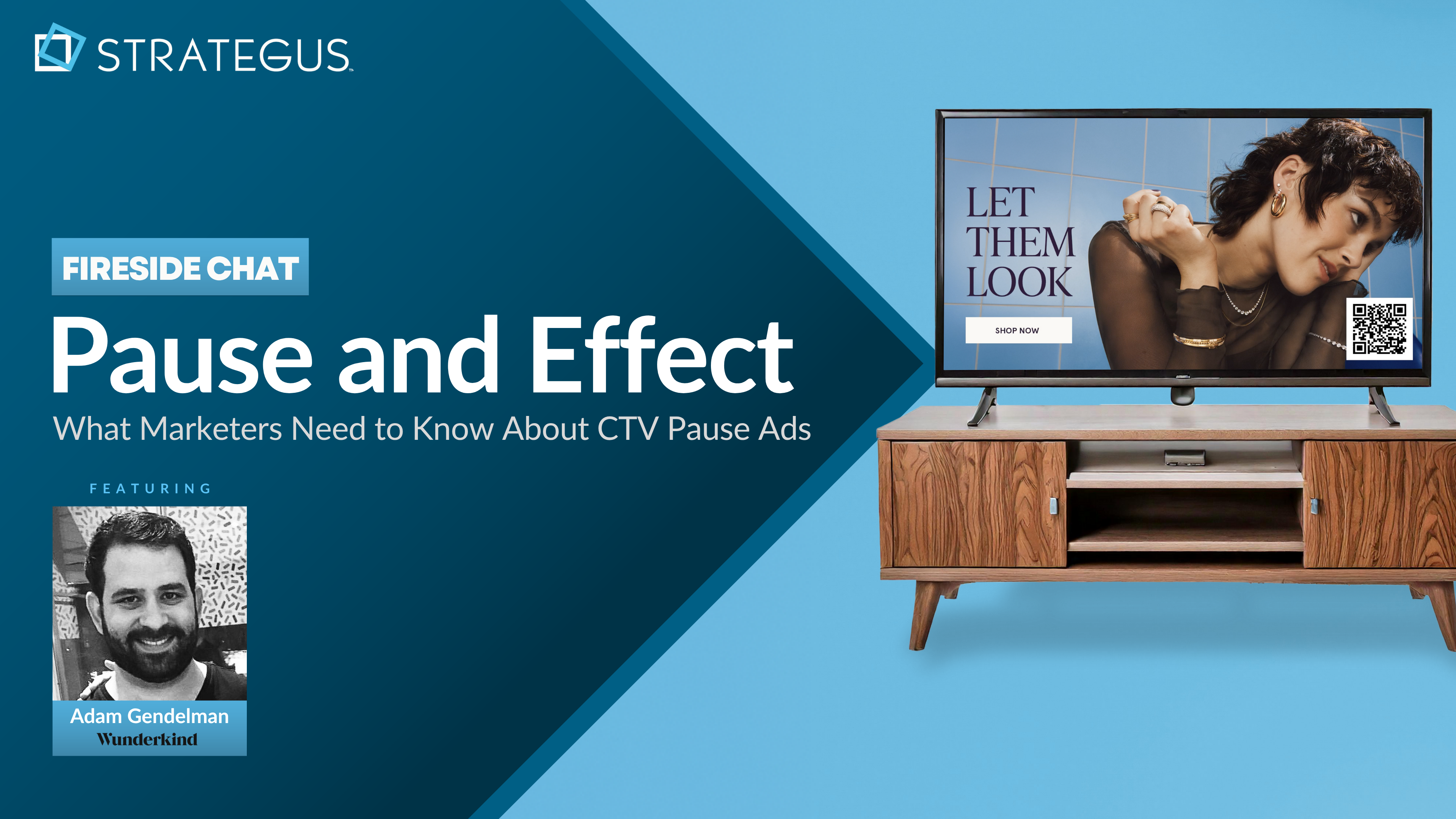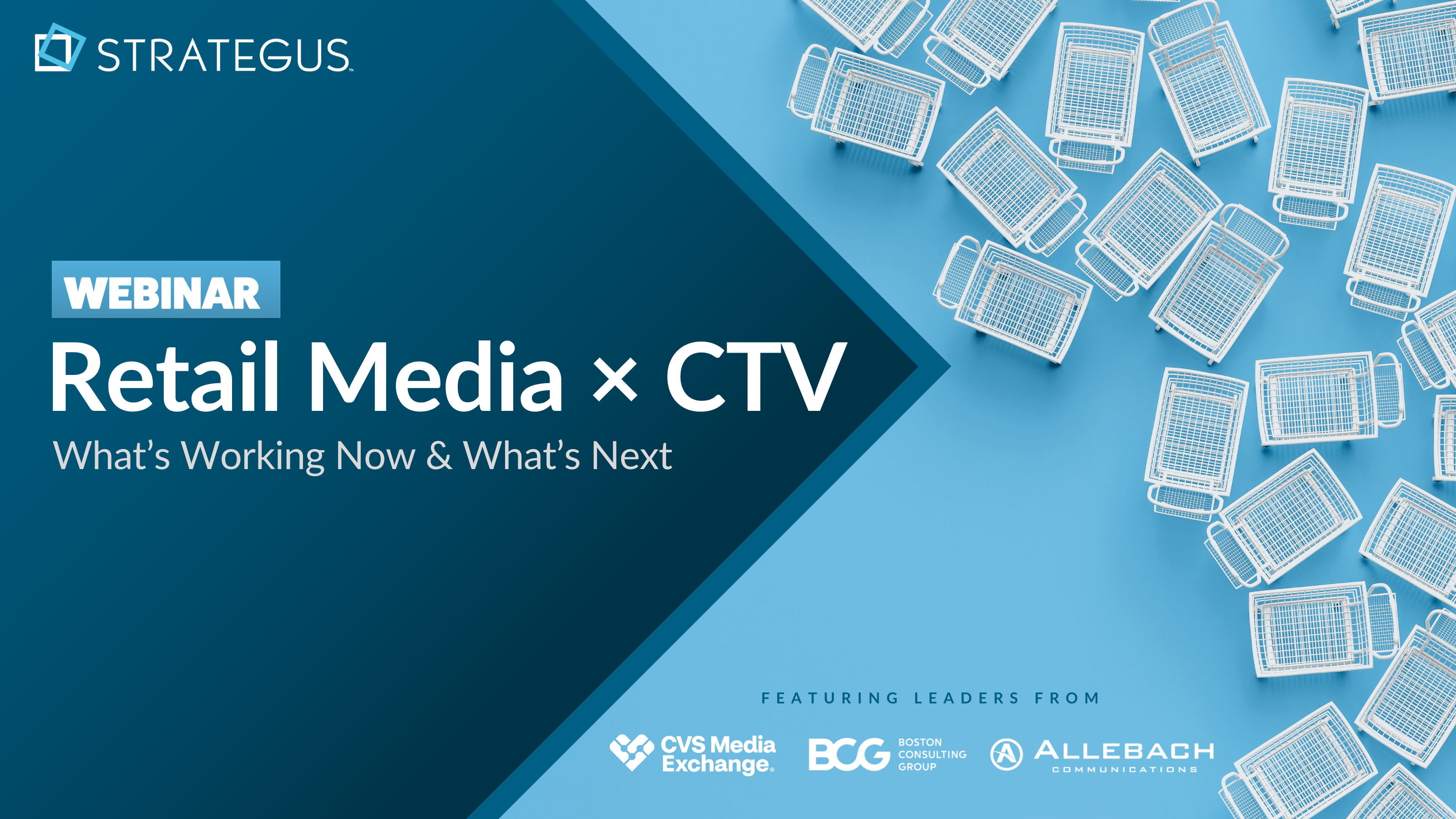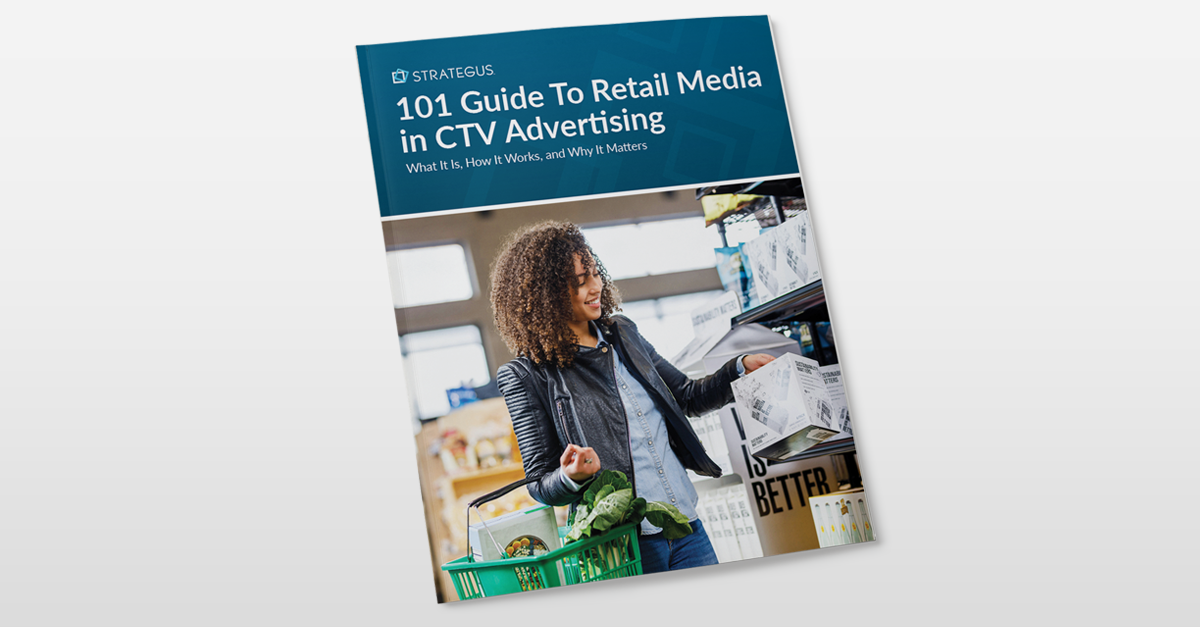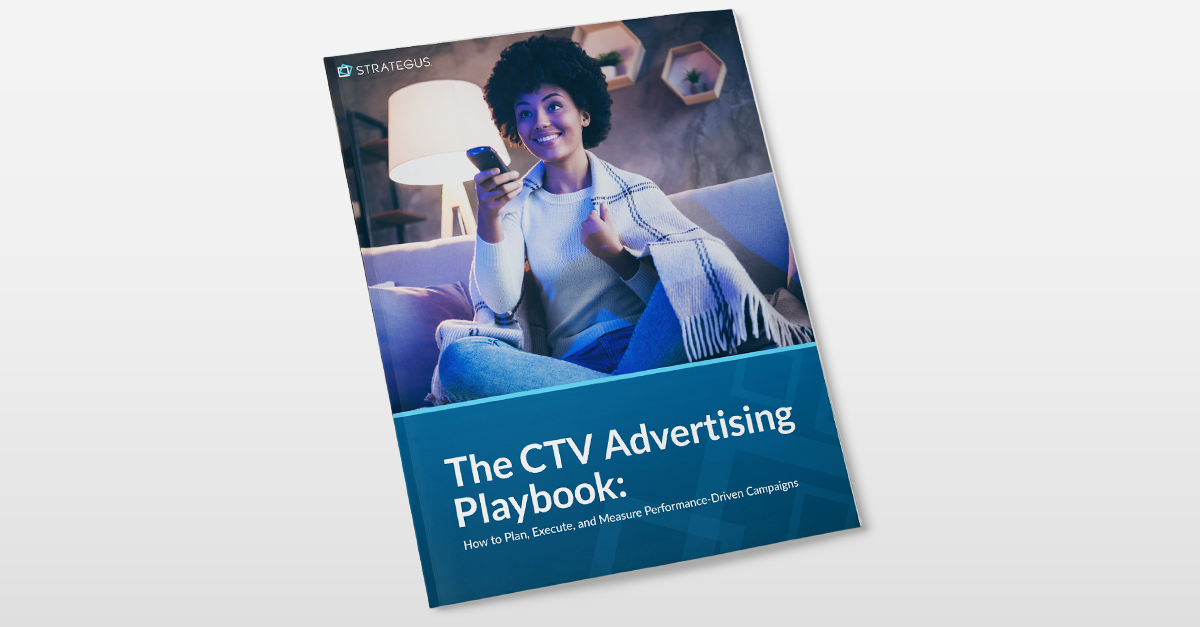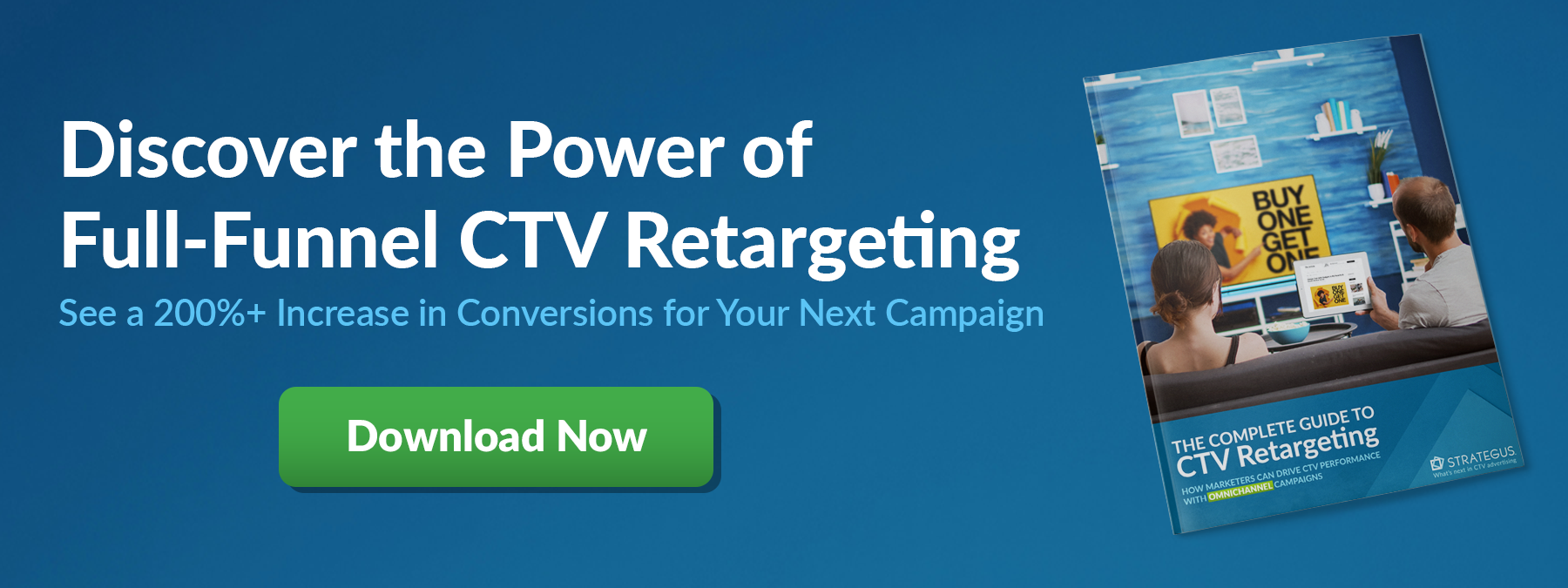- Home
- Strategus Blog
- First-Party Attribution: Match Ads to Sales With CRM Data
First-Party Attribution: Match Ads to Sales With CRM Data
 Traci Ruether
Traci Ruether
7 minutes read
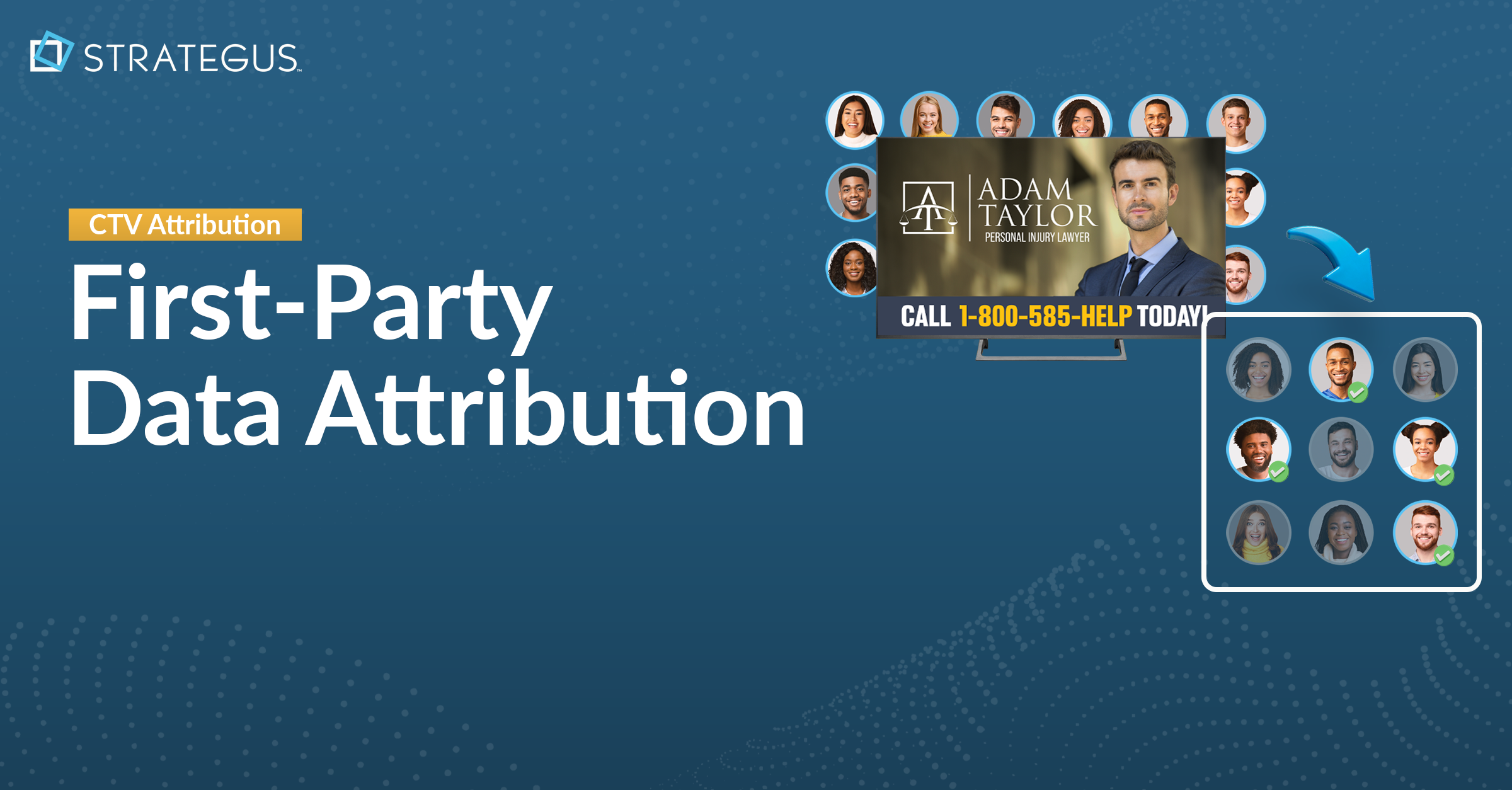
The value of first-party data continues to grow.
Thanks to privacy legislation, the cookie phase-out, and ongoing scrutiny about how data is collected, marketers are increasingly prioritizing the data they gather directly from customers and prospects.
And this is a good thing. First-party data is more precise and reliable than anything else out there. Not only does it provide insight into a brand’s unique customer base, it can also reveal exactly how a brand’s marketing efforts are driving quantifiable business outcomes.
We’ve talked a lot about first-party data targeting and how it can be used to drive connected TV (CTV) advertising success. But targeting isn’t the only capability that advertisers can improve using this internal insight.
On the flip side of the coin, we have first-party data attribution, which is an equally powerful tool for boosting programmatic advertising success. Also known as first-party matchbacks or CRM attribution, first-party attribution helps marketing teams correlate their customer relationship management (CRM) data to ad exposures and thereby attribute conversions that result from a campaign.

Have we piqued your interest? Keep reading for all the nitty-gritty, including how this insight into audience behavior paves the way to better advertising results.
What Is First-Party Data Attribution?
First-party attribution connects the dots between ad exposure and the resulting actions viewers take using internal customer data. This is done by cross-referencing a CRM file with campaign exposure data.

Need a less technical explanation?
Let’s say a plumbing company launches a programmatic ad campaign across CTV, display, online video, and streaming audio. Each time a person sees or hears one of the ads, the exposure gets logged.
Meanwhile, the company continues to update their CRM database as prospects fill out a form on their website, call into their office, or book appointments.
By matching those two datasets — ad exposures and customer records — the plumbing company (or its programmatic advertising partner) can then determine which customers saw the ads and converted. In this way, the plumbing company is able to prove exactly which sales and new leads resulted from a campaign using their own data.
Even better, this works regardless of whether customers click or convert immediately. Because first-party attribution uses internal data validation, marketing teams can use a longer lookback window to determine which touchpoints contributed to a business outcome.
The result? Concrete evidence that customer A saw an ad B on date C and made purchase D for the amount of X dollars.

Benefits of First-Party Attribution
This level of detail makes first-party attribution useful in a handful of ways. Specifically, it empowers agencies and brands to:
- Prove ROAS with hard data. Why rely on vanity metrics or third-party assumptions? First-party attribution provides definitive evidence of which customers converted after seeing your ads, complete with revenue data when available. This gives you the proof needed to justify media spend and demonstrate campaign effectiveness.
- Understand longer sales cycles. Many businesses — especially in industries like automotive, education, or legal services — have sales cycles that span weeks or months. Traditional attribution tools miss these delayed conversions. But first-party attribution captures them by matching customer purchases back to initial ad exposures within a 180-day lookback window.
- Optimize budget allocation and media mix. Stop guessing which campaigns drive the most valuable customers. First-party attribution identifies exactly which ads, channels, and targeting strategies are generating real sales. This makes it simple to reallocate budget toward the tactics that actually move the needle.
- Understand your true customer acquisition cost. By connecting ad spend directly to new customer acquisitions, you can calculate precise customer acquisition costs and lifetime value metrics. From there, you’re able to make more informed decisions about using your investment to acquire new customers, retain existing ones, or a mix of both.
- Get credit for view-through conversions. Many viewers will see your ads without clicking immediately. Today’s buyers research, compare options, and convert later through other channels. First-party attribution ensures you get the credit for these view-through conversions that last-click attribution models miss entirely.
- Navigate a privacy-first world. Stay ahead of cookie deprecation and data regulation by leveraging
consented, first-party data that you own. First-party attribution is 100% privacy-compliant when measured using the Strategus matching platform, which ensures no personally identifiable information (PII) is passed back. - Inform future strategies. In addition to supporting the continuous testing and optimization of in-flight campaigns, first-party data attribution yields powerful insight for long-term strategies. Insight from converted customers can help shape audience segments, product positioning, and more.
Is First-Party Attribution Right for You?
First-party data attribution is a great fit for any company that collects customer contact info at different touchpoints in the buyer’s journey.
It’s also a game-changer for brands with longer sales cycles because it uses a lookback window of 180 days.
Imagine this scenario: A customer sees your ad on Tuesday, researches your product over the weekend, gets retargeted across display over the coming weeks, and makes a purchase the following month. With first-party attribution, you could clearly demonstrate this path to purchase and calculate ROAS.
Some of the industries that Strategus has used this attribution tool for include:
- Higher education institutions tracking leads who fill out online inquiry forms after seeing an ad.
- Retail brands that want to attribute purchases made by loyalty program members back to specific campaigns.
- Home services companies looking to connect ad exposures to appointments booked through their CRM
system. - Law firms tracking leads that called into their office following a campaign touchpoint.
If your business captures emails, phone numbers, or customer IDs as part of your standard workflow — whether online or offline — you likely have what you need to access this precise level of attribution.
Success Story: Law Firm Achieves 3X Lower Cost Per Case

An injury law firm partnered with Strategus to launch two targeted CTV campaigns. First-party attribution proved to be an essential tool for connecting ad exposures with offline phone conversions through their CRM system. By moving beyond traditional click-based metrics, the firm was able to track exactly which leads came from which ads and capture the full customer journey.
Both campaigns came in well below the firm’s $1,000 target cost per case — delivering $320 and $280 per attributed case, respectively. These numbers provided evidence of which ad exposures led to actual client acquisitions, while also enabling the firm to distinguish between purchased and organic leads.
Why Invest in Cookieless Attribution?
According to the Interactive Advertising Bureau, 71% of brands, agencies, and publishers are increasing their first-party datasets to ensure compliance with privacy laws and build more sustainable marketing strategies.
In other words, this type of attribution and measurement doesn’t just ensure more accurate reporting — it can also help future-proof your marketing strategy in an increasingly privacy-conscious landscape.

(Source: IAB)
Get Started With Strategus
Correlating customer touchpoints isn’t easy. Privacy-first legislation poses obstacles to measurement, and many formats (like CTV or streaming audio) can’t be measured through immediate clicks. This is all the more true for businesses that have a lengthy cycle between when a customer first learns about their brand and when they make a purchase.
Thankfully, though, most brands are sitting on all the data needed to measure campaign effectiveness. The tricky part is finding a partner to turn first-party data into in-depth campaign reporting.
At Strategus, we live and breathe CTV attribution. That’s why we developed first-party data attribution for marketers sick of relying on assumptions and vanity metrics.
Want concrete insight into how your audience is being influenced by your campaigns? Contact us today to learn more.

Traci Ruether is a content marketing consultant specializing in video tech. With over a decade of experience leading content strategy, she takes a metrics-driven approach to storytelling that drives traffic to her clients' websites. Follow her on LinkedIn at linkedin.com/in/traci-ruether or learn more at traciruether.com.
Strategus is a managed services connected TV(CTV) advertising agency with over 60,000+ campaigns delivered. Find out how our experts can extend your team and drive the result that matter most.
Talk to an Expert
Table of Contents
Seeking a Custom CTV Strategy That Delivers?
What to read next
App Event Tracking: Tie Mobile App Activity to CTV Campaigns
Let’s say you’re running a CTV campaign for a personal finance app.
5 minutes read

Stop Guessing Who Your Audience Is — Let Their Apps Tell You
Connected TV (CTV) targeting often falls in one of two camps.
8 minutes read
See Who Bought After Your Ad + How Much They Spent
You can’t improve what you can’t measure. And for years, that’s been a major problem with TV advertising.
4 minutes read
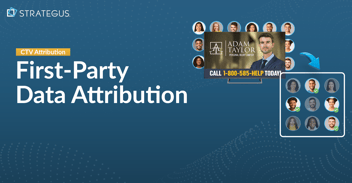
First-Party Attribution: Match Ads to Sales With CRM Data
The value of first-party data continues to grow.
7 minutes read



